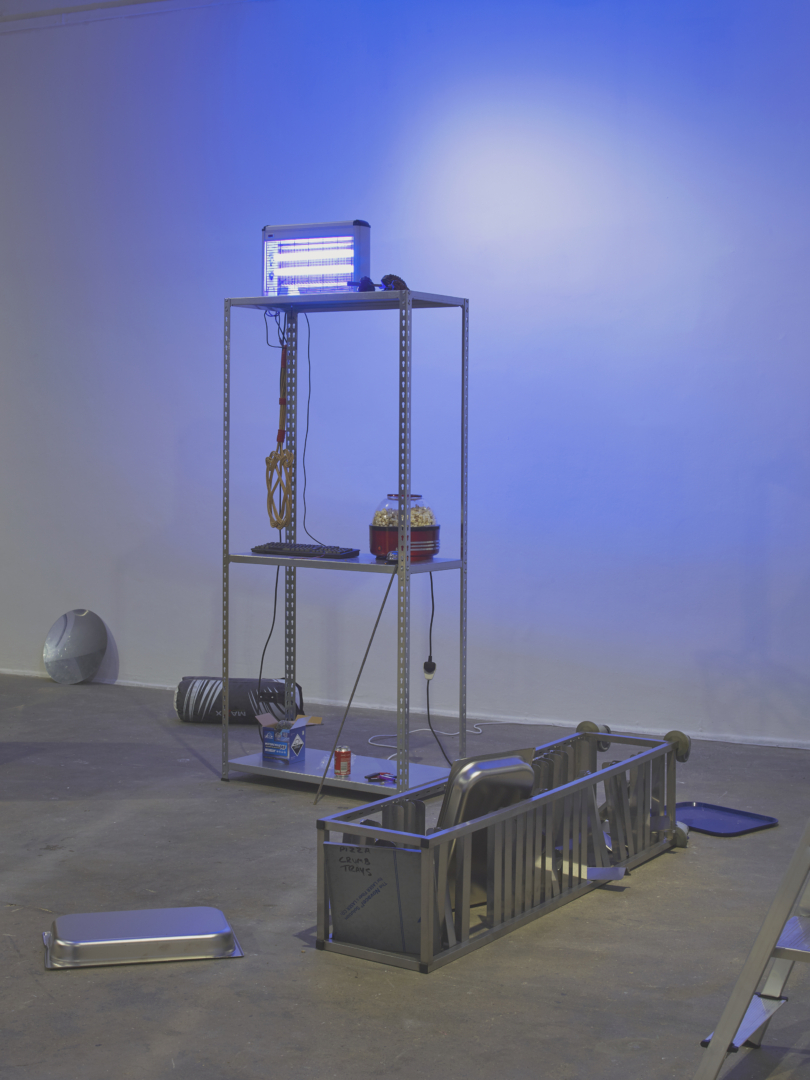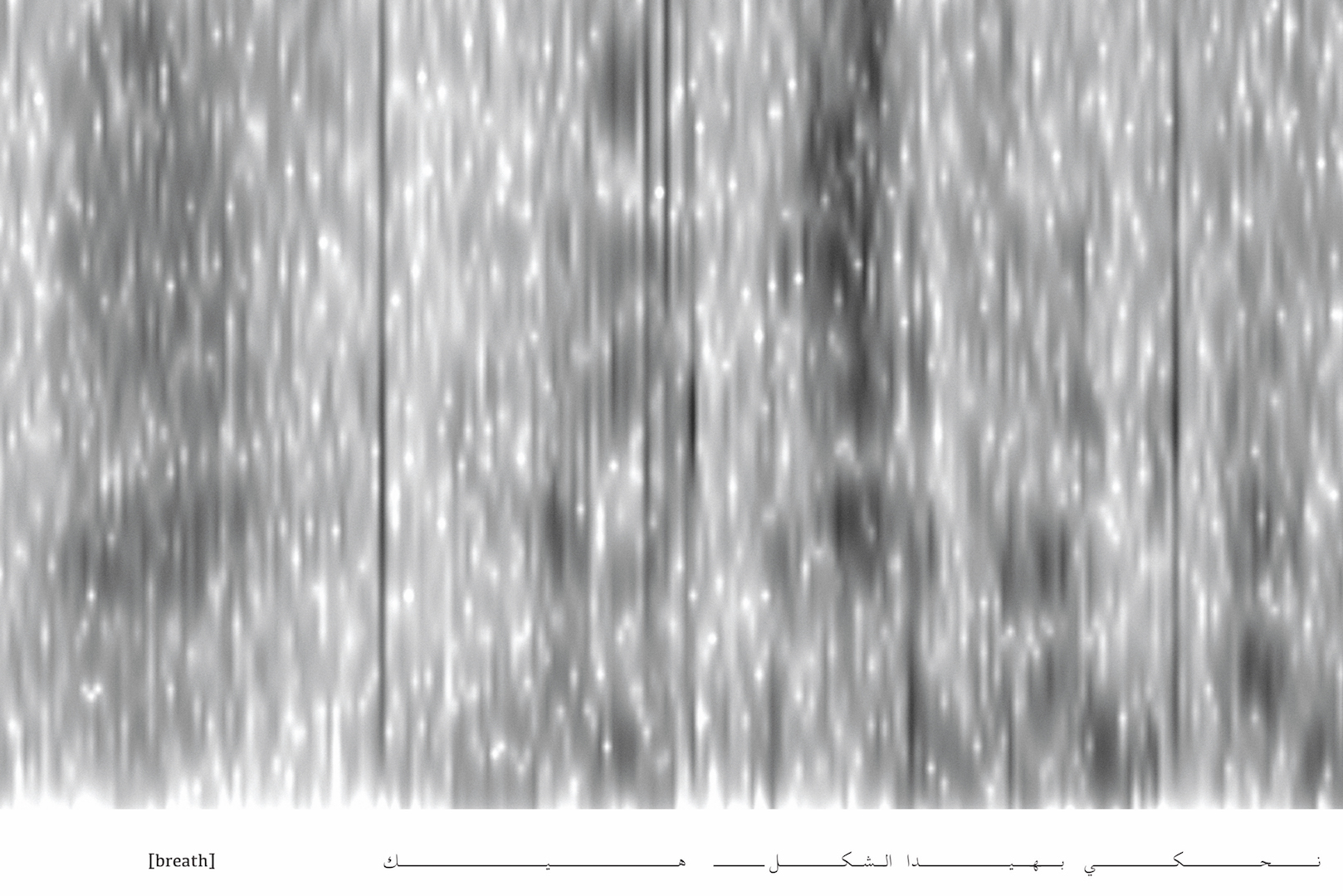Home
October 2018 - Exhib
Tate - Hyundai Commission Tania Bruguera: 10,143,286
[Could only visit the “crying room”]
_ Interesting notion of active participation without conscious “decision” from the viewer.
_ Body is ordered/ dominated by the installation.
_ I do think concept’s description should not be displayed directly at entrance. It weakens the intention of organically forced empathy towards migrant situation. I did not read the text ahead and TBH I felt really happy and at ease in the crying room, it liberated my lungs and gave a fresh feeling to the body — at no moment did I thought of any migrant. It’s by reading the description that I suddenly felt guilt evolving into hanger realizing that the artist was turning me into a rat laboratory of forced emotions. As a phenomenon in itself the installation is powerful for its ability to create a moment of public vulnerability. As of being an activist piece, I am relatively sceptic — the abstract displacement of the migration crisis into a commodified art piece is, in my opinion, a big problem of our contemporary “activist” art scene. [the project reminded me a lot of “the square” by Ruben Östlund] This might be a very low verbal criticism but: I wonder how migrant would react in this room where they would be forced to cry publicly about their own misery. Or is it then an installation addressed only to the few, perpetuating this performed post-colonial flagellation ? I wonder, I wonder. And if the Tate really seeks for a global awareness on the migration crisis, why not curate a show of migrant artists about their own situation? (naive comment, but I still believe this is a semi-relevant one).
There is indeed great quality in the work as a phenomenon; it is full of sensitivity and organic power.
Yet, the awkwardness of its playfulness in contrast with the brutal reality it is supposed to depict makes it hard to fully relay to.
[ I stumbled on this review from Adrian Searle in the Guardian which phrases this criticism of mine in another (more) intelligible way — https://www.theguardian.com/artanddesign/2018/oct/01/tania-bruguera-turbine-hall-review-tate-modern ]
Image : Benedict, J. (2018). [image] Available at: https://www.tate.org.uk/whats-on/tate-modern/exhibition/hyundai-commission-tania-bruguera [Accessed 9 Oct. 2018].
https://elpais.com/elpais/2018/06/13/inenglish/1528873047_064078.html
Tate - Christian Marclay : The clock
There is much to say about this piece which, I believe, depicts some key aspects of our current epoch’s representation and understanding of time. The piece's raw material are bits of western movies visualisation of time, exploring the time’s symbolic representation throughout different moment in film history . The movies selected are of a very wide range, yet they are still linked by a narration which proves the work not to be the one of an AI or any other way of data processing. This curatorial practice undertaken by C. Marclay shows his (probable) critical take on the social constructs concealed in those disparate scenes.
I sat in the theatre room between 7 pm and 7:30. The time displayed was the one when one is getting diner ready or geting ready for it. As a member of the female sex, it stroked me — or, at least, was clear to me, that the the portrayed scene was that of the heterosexual couple tasks dispatch and all its cultural meaning. Women preparing diner, men getting home “smells good darling" / women getting ready, “you look beautiful” darling. Here, the subjectivity of choice from the artist becomes pervasive and critical yet, the viewer is free to remember different meanings from moments displayed. (for instance, it was also prayer time, something I forgot until now). In this sense this clock becomes both a subjective mirror and a cultural object. One can emphasise and identify with it or stare at it as a patchwork of our cultural construct of time.
A sort of narcissistic mirror?
The clock being a clock about clocks stresses a rather interesting aspect the usage we make of time in an era of global acceleration. Time, as we perceive it, is a socio-cultural construct rooted in historicity. And the absurd gesture of displaying this construct made me (maybe only me) want to explore this other a-cultural understanding of time as soon as I felt the comedic level of the installation.
I was wasting my time watching other people’s coprehension of time.
Albeit I would be indeed curious to see/experience the socio-cultural construct of time perception from a non-western perspective. Because on the contrary to what Jonathan Jones suggests in his review for the guardian, we are not all sharing the same instant in time.
Bibliography :
https://www.theguardian.com/artanddesign/2018/sep/11/the-clock-review-christian-marclay-tate-modern-london
Image:
Installation view of ‘The Clock’ at Tate Modern, 2018 | © Tate Photography Matt Greenwood
Whitechapel Gallery - Elmgreen & Dragset : This is how we bite our tongue
_ Questioning civic space within a private art gallery…
_ The experience of the work feels artificial. (Can an experience be artificial?) The space for interpretation, sensitivity, vibration was absent… I felt as if I was zombie-scrolling through an artifical space made of post-modern/contemporary aesthetic -- which I wish to sometime blind myself from. Additionally, the concept-dropping text assisting each project felt like mere comedy, a patrnizing critical study handbook. It is hyperereferential in meaning, historicity, but this conceptual noises stops anyone from feeling. There is no space for the body, nor the mind, to navigate through their cold statics figures of the contemporary now. The streets felt warmer.
V&A - Videogames: Design/Play/Disrupt
Generally speaking, the exhibition is not mesmerising. It’s pedagogical, interactive, easy on its public. It does address video game as : 1_ an artistic field/ 2_ a socio-political where activism is needed.
Two valuable projects:
_ Thatgamecompagny: Journey (2012, 2015)
_ Cardboard computer: Kentucky Route Zero (2013, 2014, 2016)
Which reminded me of:
_ David OReilly : Everything
Images:
thatgamecompany / YouTube / IAmSp00n
thatgamecompany / YouTube / IAmSp00n
https://www.keengamer.com/article/20079_kentucky-route-zero-understanding-this-surreal-world
https://coopdojo.com/coop_teachings/the-game-everything-gets-right-what-no-mans-sky-got-wrong/
http://uk.businessinsider.com/everything-game-trailer-ps4-steam-2017-3

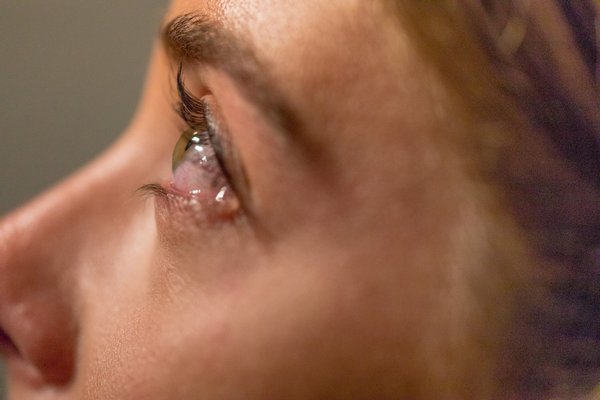
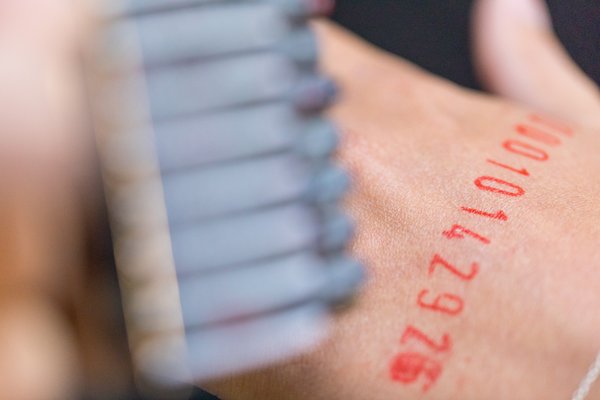
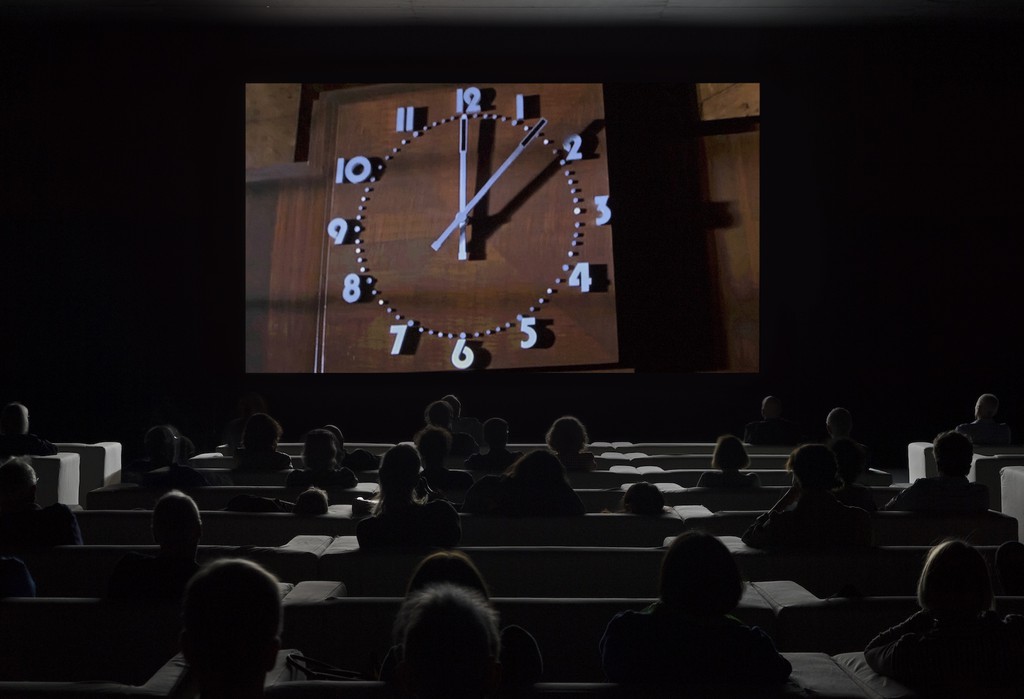
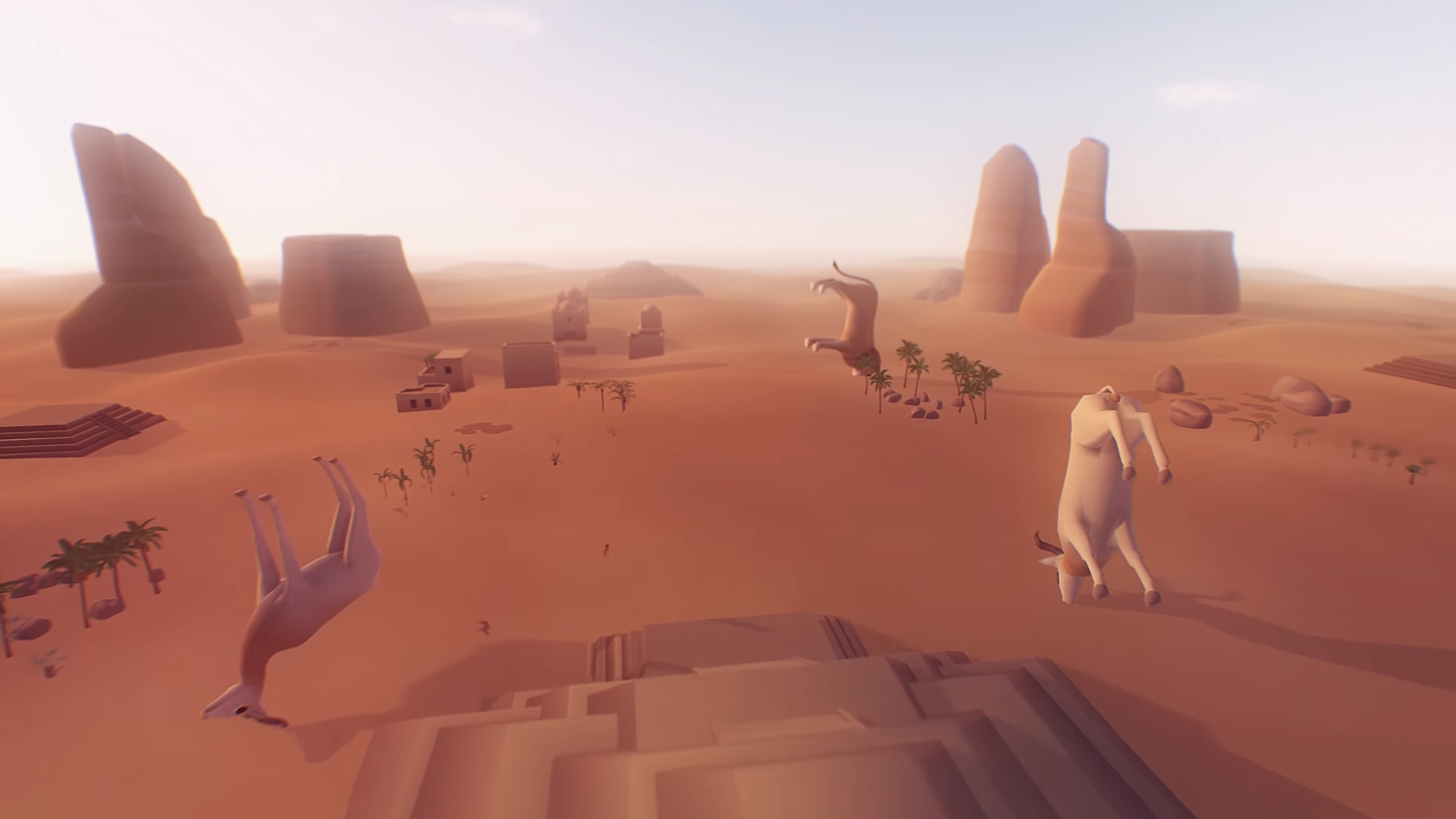
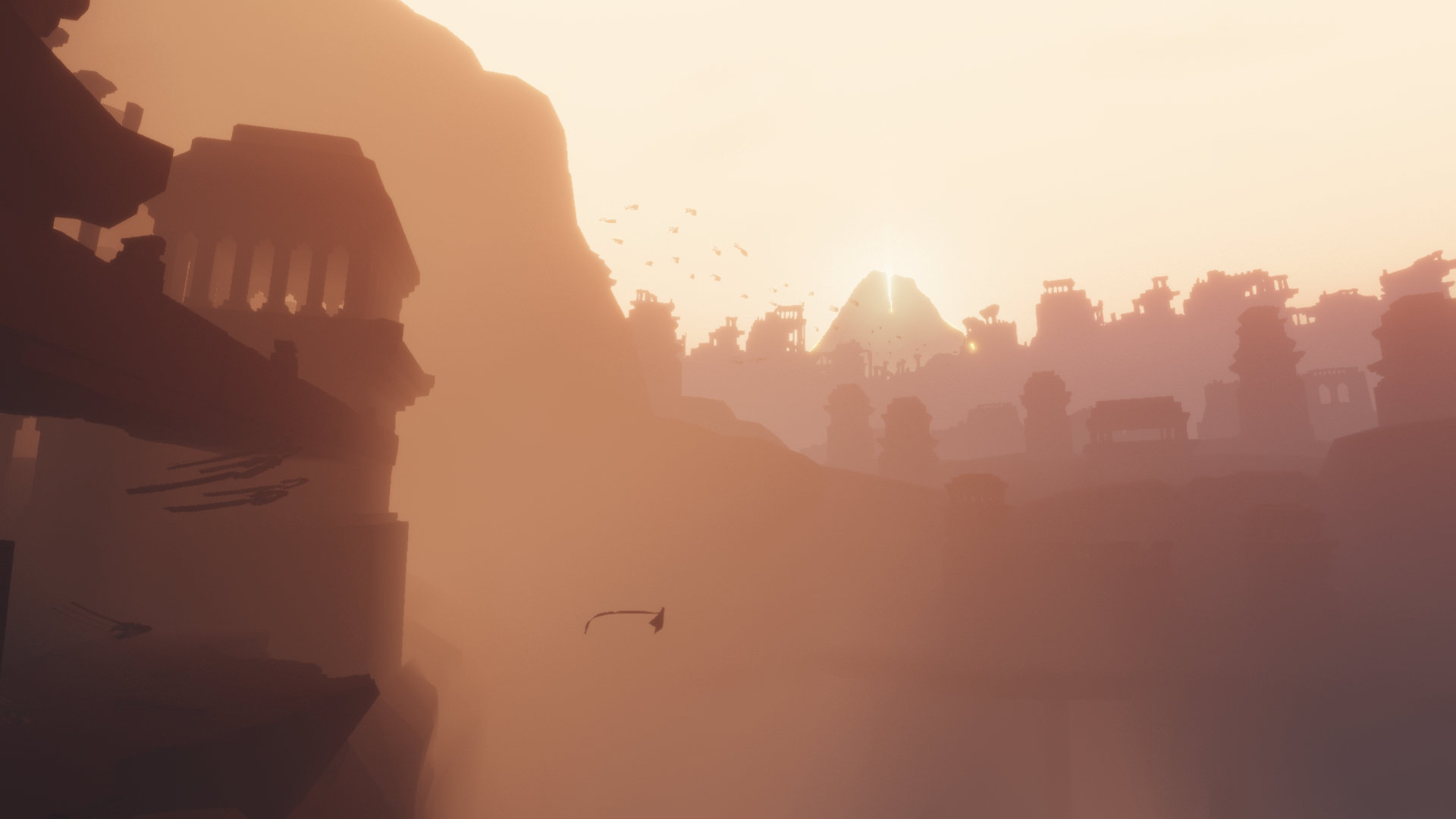
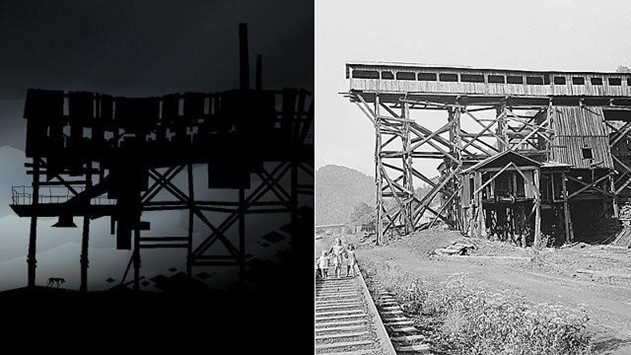
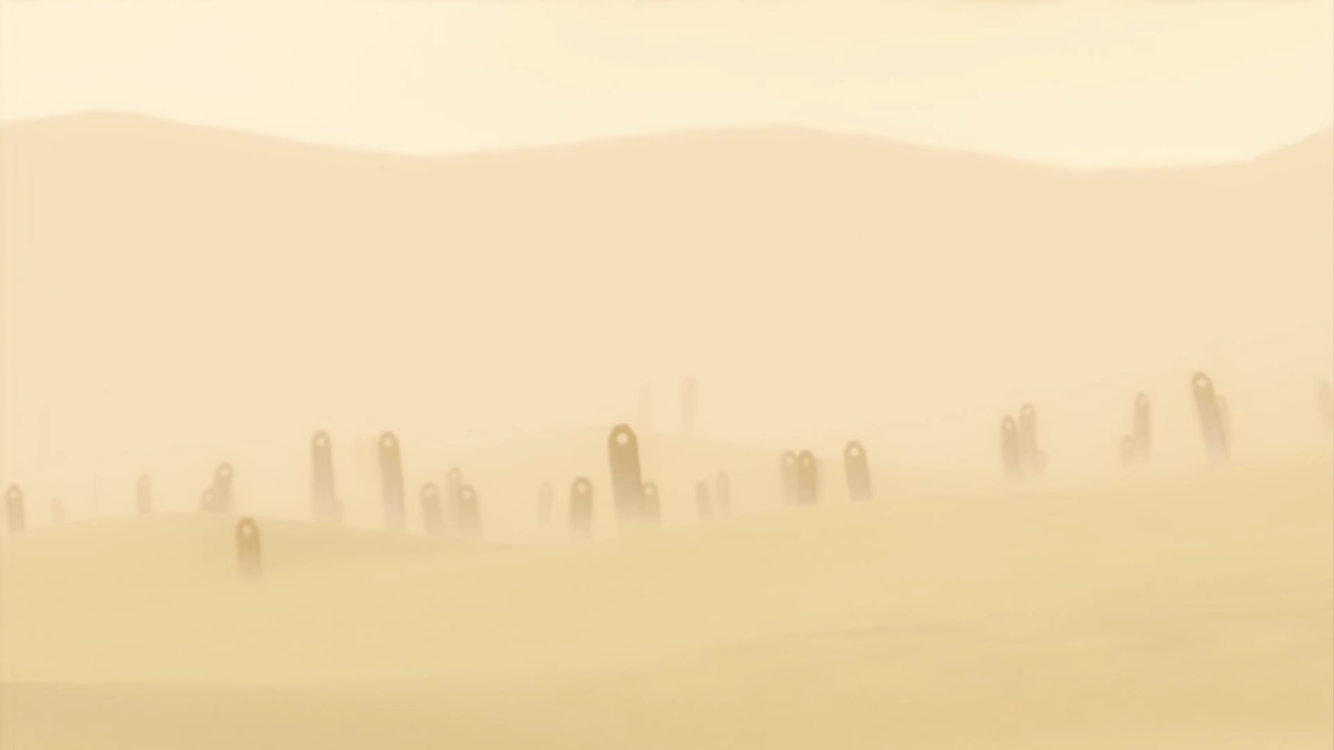


There's something tantalizing about Video Games Colors/atmosphere/soudscape
"EARWITNESS THEATRE" — Lawrence abu hamdan
21 september – 9 december 2018, Chisenhale Gallery
I had a discussion yesterday about artistic education and how it might partially have to deal with teaching minds how to be intelligible — How to be concise. He, my friend, studied cinema and one of his mentor formerly taught him that movies were all about transition. That’s it.
A prisoner talks about being tortured, describes the space, describes the silence. The room gets filled with silence. It’s a transition of both perception and emotion. From listening to feeling. A subtle transition which enables us to experience emotions without being forced to.
“Earthwitness theatre” from Lawrence Abu Hamdan made my friend cry.
On the contrary to Tania Bruguera "10,143,286", Lawrence Abu Hamdan doesn’t morph events and facts into symbolic spectacles. His work immerses the viewer into a third space made of sounds and fragments from signifying objects.
We enter the space — a white cube with a handicapped access ramp arises. I shelter in the right corner to witness Fanta bottles, lockers, metal plates and balloons. There is also half a stair and some kitchen utensils. A text is simultaneously unveiling through a military layout on the wall opposite to the white cube. Almost like a religious script. Those are testimonies of torture. I can not decipher them. The fluorescent atmosphere set by UV lights stages the objects as both clinical and celebratory.
I omitted the words, but recognized the objects.
We enter the white cube. Phrases are disclosed in what seems to be Arabic, simultaneously translated by female voice although those are male protagonists.
I can not remember the words.
It is warm, dark and humid. There are two speakers and two windows.
The speakers transit from words to silence.
My friend cries.
“When silence becomes an entire language” — Lawrence Abu Hamdan @ Chisenhale Gallery
Images
Lawrence Abu Hamdan, 3 Whispers (detail), (2017). Courtesy of the artist.
Lawrence Abu Hamdan, Earwitness Inventory (2018). Commissioned and produced by Chisenhale Gallery, London in partnership with: Witte de With Center for Contemporary Art, Rotterdam; Contemporary Art Museum St. Louis; and Institute of Modern Art, Brisbane. Courtesy of the artist. Photo: Andy Keate.
